Retro Replay Review
Gameplay
Tak and the Power of Juju on Game Boy Advance brings classic side-scrolling action to a handheld platform with surprising depth. Players guide Tak through eight distinct worlds, each composed of multiple levels that blend platforming precision with light combat. Tak’s primary weapon is a blowgun that can be upgraded to shoot different types of darts, and along the way he also picks up a sturdy club to dispatch tougher foes.
(HEY YOU!! We hope you enjoy! We try not to run ads. So basically, this is a very expensive hobby running this site. Please consider joining us for updates, forums, and more. Network w/ us to make some cash or friends while retro gaming, and you can win some free retro games for posting. Okay, carry on 👍)
One of the game’s standout features is the variety of level types. Beyond standard ground-based platforming, you’ll encounter swimming stages where Tak must navigate underwater currents and avoid carnivorous fish. Flying levels inject a welcome change of pace, tasking players with maneuvering through treetop canopies or dark caves while dodging obstacles. Each type of level introduces fresh gameplay mechanics and tests your reflexes in new ways.
Enemy encounters range from mischievous jungle creatures to the very sheep that once were Tak’s friends, now under Tlaloc’s dark spell. Along the way, hidden collectibles and Juju powers reward exploration. These powers—once unlocked—grant Tak temporary boosts like invincibility or speed bursts, adding a strategic layer when dealing with tougher bosses. Overall, the controls are responsive and tight, making even tricky platforming sequences feel fair and rewarding.
Graphics
Despite the GBA’s modest hardware, Tak and the Power of Juju showcases vibrant, detailed pixel art that captures the whimsical spirit of the series. Characters are rendered with expressive animations: Tak’s wide-eyed leaps, the sheep’s bleating transformations, and the Jujus’ mystical effects all pop with life. Backgrounds are richly layered, featuring dense jungle foliage, glowing caves, and shamanic altars that hint at the game’s magical lore.
Level design cleverly uses color palettes to differentiate each world. From sun-drenched temple ruins to eerie subterranean passages, the environments feel distinct and engaging. Subtle parallax scrolling adds depth, especially in flying and swimming levels, where foreground vines or drifting bubbles enhance the sense of movement. While some stages reuse tilesets, the game offsets repetition with varied enemy placements and lighting effects.
Boss battles feature larger-than-life sprite work, with Tlaloc’s imposing form and dramatic juju energy attacks standing out against simpler backgrounds. Special effects—like dart trails, splashes of water, and sparkling power-up animations—are crisp and clear, helping players track fast-paced action. For its era and platform, the GBA version of Tak delivers a visually appealing adventure that remains charming today.
Story
The narrative of Tak and the Power of Juju centers on the ancient prophecy of the evil shaman Tlaloc, who aims to steal the Moon Stones and bring down the Moon Juju. Long ago, the villagers received training to stand against this threat, but Tlaloc’s dark magic has now transformed them into harmless sheep. You assume the role of Tak, the reluctant apprentice, who must journey alone to thwart Tlaloc’s sinister plan and restore his friends.
While the storyline is straightforward, it’s enriched by humorous dialogue and quirky characters. Tak himself offers plenty of amusing one-liners, and the various Juju spirits provide guidance with eccentric personalities—from a jittery frog deity to a snooty cloud spirit. Cutscenes between worlds, though brief, convey the stakes and maintain a lighthearted tone that complements the gameplay.
The progression of the story is tied to level completion and boss fights, giving you clear milestones as you gather stolen Moon Stones and unravel Tlaloc’s schemes. Although the plot doesn’t take major narrative risks, it succeeds in motivating the journey and delivering a satisfying payoff when Tak confronts the shaman in his final lair. Fans of whimsical, adventure-driven tales will appreciate the game’s blend of humor and heroism.
Overall Experience
Tak and the Power of Juju on Game Boy Advance strikes a fine balance between challenge and accessibility. The difficulty curve is well-paced: early levels serve as an introduction to controls and mechanics, while later worlds demand precision timing and mastery of Tak’s weapons and Juju powers. Save points are generous, and password features allow you to pick up where you left off without frustration.
The game’s length—spanning eight worlds with over 30 levels—offers solid playtime for platformer enthusiasts. Replay value comes from uncovering hidden secrets, collecting every Moon Stone, and achieving high scores on each stage. If you’re chasing 100% completion, you’ll find plenty of incentive to revisit earlier levels with newly unlocked abilities.
Overall, this GBA adaptation of Tak and the Power of Juju is a delight for fans of colorful platformers and family-friendly adventures. Its engaging gameplay, charming graphics, and lighthearted story make it a compelling choice for both younger players and nostalgic adults. Whether you’re diving into the jungle for the first time or returning to a beloved title, Tak delivers an experience that feels both familiar and fresh on the Game Boy Advance.
 Retro Replay Retro Replay gaming reviews, news, emulation, geek stuff and more!
Retro Replay Retro Replay gaming reviews, news, emulation, geek stuff and more!
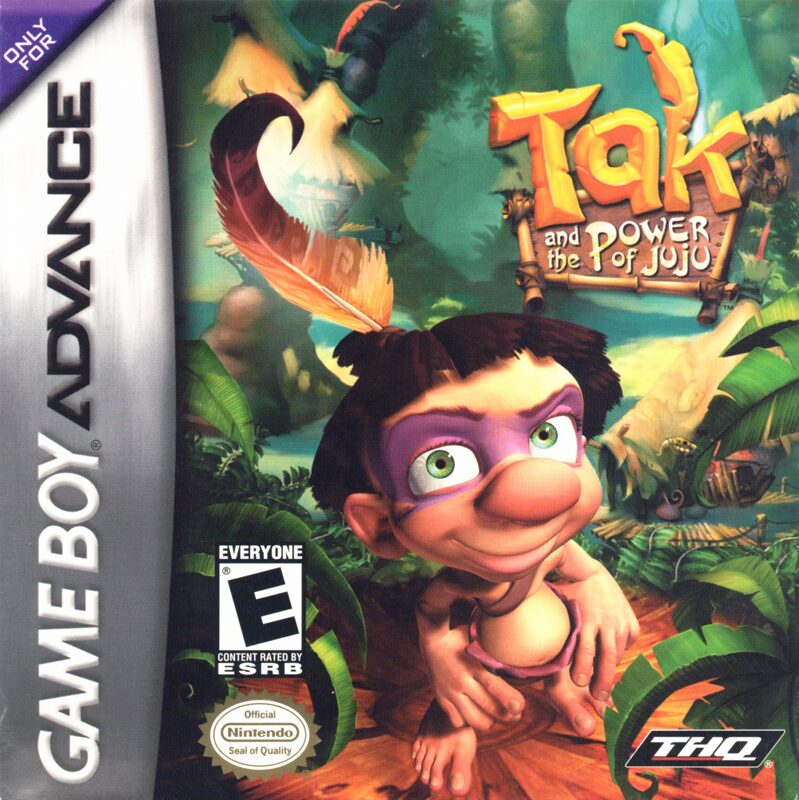
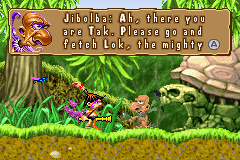
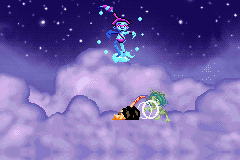
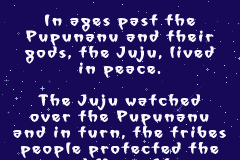
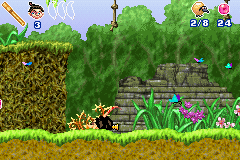
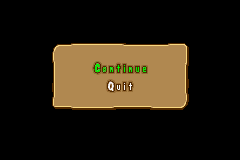
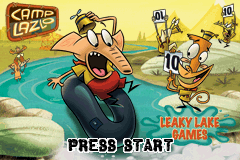


Reviews
There are no reviews yet.